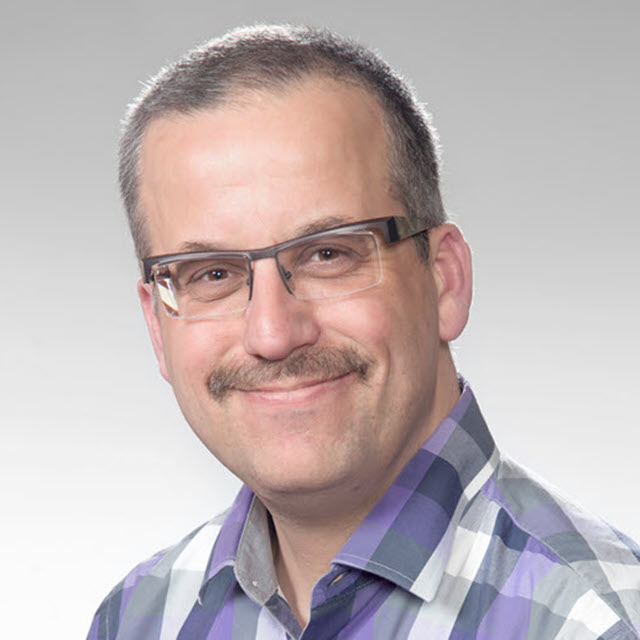Using Simulatable Requirements Models to improve Team Collaboration
In the early phase of a project, stakeholders, requirements engineers and system architects collaborate to derive system requirements from stakeholder needs. This is a collaborative process which requires a lot of communication. In this presentation I will explain how models help improve communication and thus increase the quality and utility of system requirements.
You can consider authoring requirements models at 3 levels of precision:
Descriptive requirements models are a step forward compared to the traditional natural language requirements as they provide a structured, graphical representation of the requirement which improves the collaboration between the teams involved. A good example of such representation would be a sequence diagram.
However, descriptive requirements models are still firmly in the engineering domain, whereas Simulatable requirements models can yield observations and insights in the system domain allowing stakeholders to get a direct understanding of the requirement in their domain. A good example of an executable formalism is a state chart.
Although these are simulation techniques that provide good coverage of system behaviours, typically simulation is targeted at key scenarios to support collaborative work. Formal requirements models on the other hand contain formalisms that enable a more systematic assessment of the model’s quality. One such formalism is a requirements table that can be used to formally prove the consistency and completeness of a set of requirements.
Formal requirements models provide a good start for downstream teams because the quality of the requirements is higher, and the requirements model can be re-used during design and verification.

Stephan van Beek is a seasoned technical specialist with over 17 years at MathWorks, Eindhoven, where he helps engineers and organizations across Europe implement Model-Based Systems Engineering (MBSE) and Model-Based Design (MBD) for FPGA and SoC development. With deep expertise in Systems Engineering and Embedded Systems, he guides customers in optimizing design workflows, accelerating innovation, and bridging the gap between algorithm development and hardware implementation. Stephan holds a B.Sc. in Electrical Engineering from the Eindhoven University of Applied Sciences and is passionate about driving efficiency and excellence in engineering design processes.